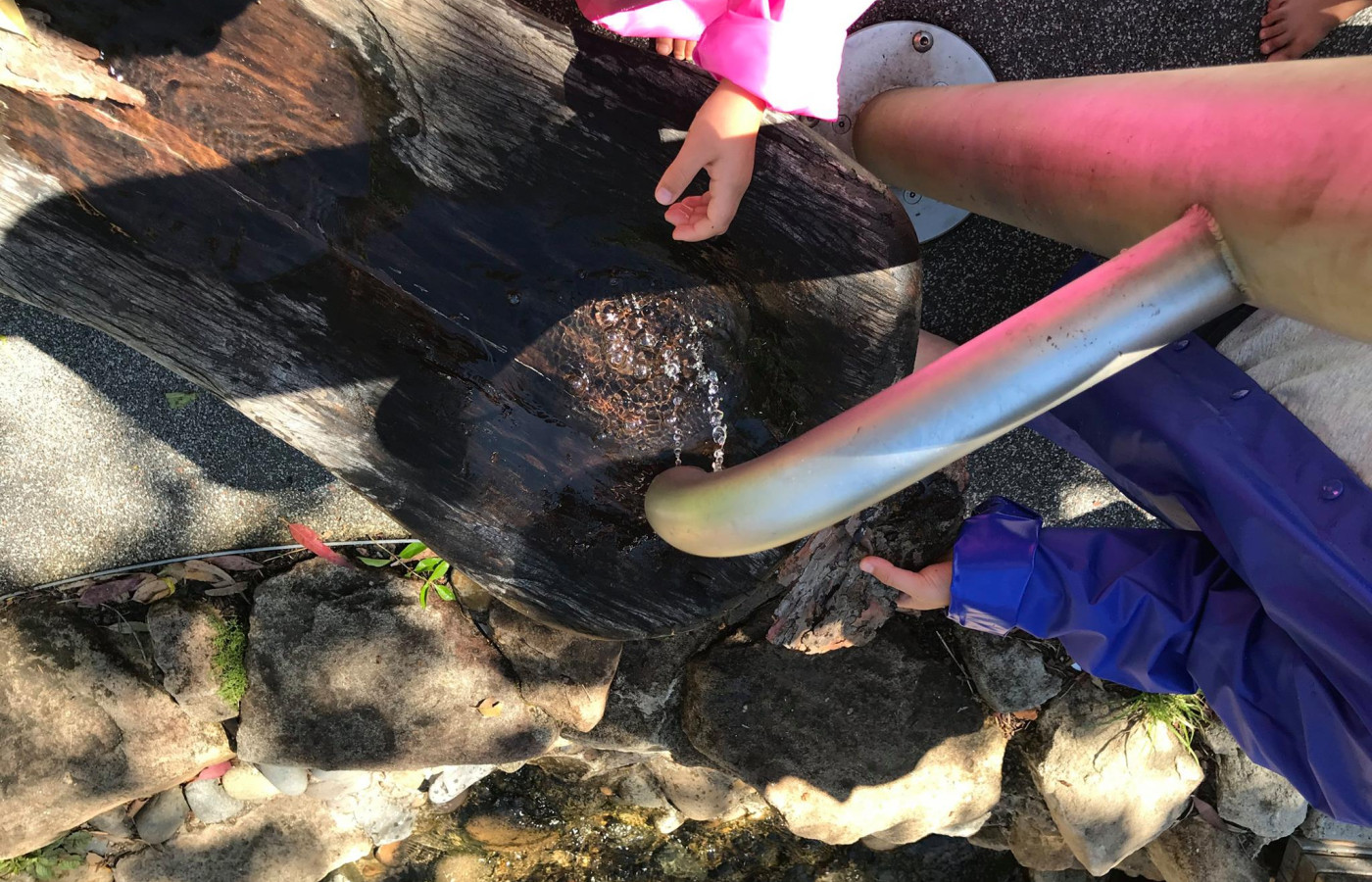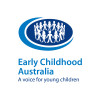Exploring the water cycle

Exploring the water cycle
Science Experiment - Water Cycle in a Bag
Materials Required
- Zip-lock bag
- Permanent marker
- 1/4 cup measuring
- Blue food colouring
- Sticky tape
- Window with full sunlight
Play experience profile
-
Age:
-
Min Playtime5-minutes
-
Skills
-
Energy LevelActive play
-
Messiness Rating
-
EYLF Outcomes
Play Experience Preparation
Gather materialsExperience Steps
- Use a black marker and draw a sun, cloud and water.
- Fill a measuring cup with 1/4 cup water.
- Add 4 drops of blue food colouring to the water.
- Run your fingers along the seal to ensure it is closed tight.
- Use the tape and hang the bag on the window.
- Observe the changes to the bag over a number of days.

What to talk about, or questions to ask during the experience
- Over the time the bag is in the sun the water will warm in the sunlight and evaporate into vapour.
- As the vapour is cooled, it will begin changing back into liquid (condense) just like a cloud.
- When enough water is condensed, the air can't hold it anymore, and the water falls down in the form of precipitation.
- In the real water cycle, rain, sleet or snow might land in a body of water like a river or ocean. But it also might fall on dirt where it soaks into the soil and either becomes ground water that animals and plants drink or it runs over the soil and falls into rivers, oceans or lakes.
Build on this...
- Picture book: Down comes the rain - Frankly Branley
- Picture book: The snowflake: A water cycle story - Neil Waldman
- Picture book: Hey, Water! - Antoinette Portis
- Watch: Sesame street - https://www.youtube.com/watch?v=CwpHMPH-WbM
- Watch: Water cycle song - https://www.youtube.com/watch?v=Oq8iCsV4woE
- Watch: Grover talk about plants - https://www.youtube.com/watch?v=ZDjFZVqiLvY
WHO guidelines for physical activity and sedentary behaviour
Provide evidence-based public health recommendations for children, adolescents and adults on physical activity.
Learn more
Provide evidence-based public health recommendations for children, adolescents and adults on physical activity. Learn more
This experience could include going out in the rain and comparing this to what is observed in the experiment, or having multiple bags in different spaces (inside, outside etc.). This will promote physical activity.
EYLF Outcomes
The Early Years Learning Framework has been designed for use by early childhood educators working in partnership with families, children’s first and most influential educators.
View PDF
The Early Years Learning Framework has been designed for use by early childhood educators working in partnership with families, children’s first and most influential educators. View PDF
- Children develop a range of skills and processes such as problem solving, inquiry, experimentation, hypothesising, researching and investigating
EYLF Principle
Principle 1: Secure, respectful and reciprocal relationships. Through a widening network of secure relationships, children develop confidence and feel respected and valued.
EYLF Practice
Practice: Intentional teaching. Intentional teaching is deliberate, purposeful and thoughtful. They use strategies such as modelling and demonstrating, open questioning, speculating, explaining, engaging in shared thinking and problem solving to extend children’s thinking and learning.
https://www.monash.edu/news/articles/science-and-engineering-childs-play,-but-vital-for-australias-future
https://www.naeyc.org/resources/pubs/yc/nov2017/STEM-learners
https://scholarworks.uni.edu/cgi/viewcontent.cgi?article=1019&context=journal-stem-arts
Author:


